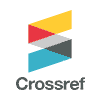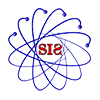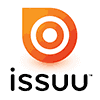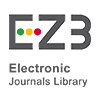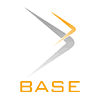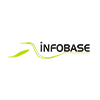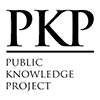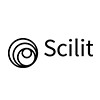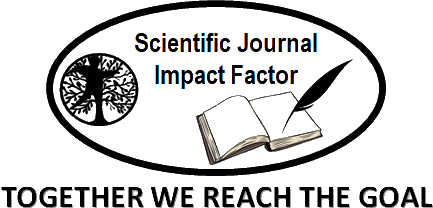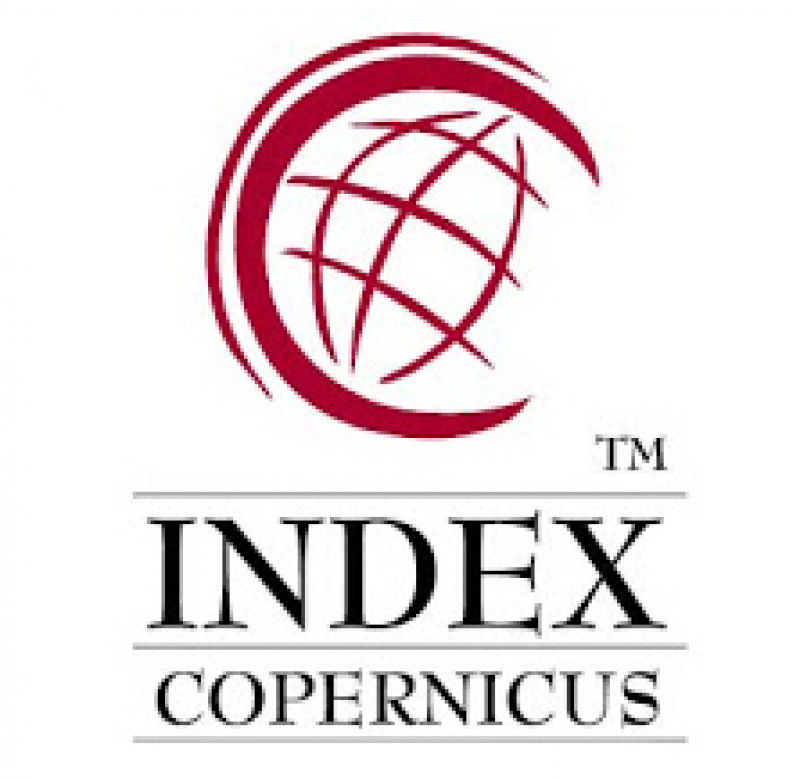The Rhetorical Interaction of 'Verb' and 'Pronoun' in the Story of Zahhak
Abstract
Keywords
Full Text:
PDFReferences
Abolghasemi, Mohsen (1996), Historical Grammar of the Persian Language, Tehran, Semit.(In Persian)
Ahmadi Givi, Hassan and Anuri, Hassan, (2000), Persian grammar 1, 22nd edition, Tehran: Fatemi .(In Persian)
Bresler, Charles, (2013), an introduction to the theories and methods of literary criticism, translated by Mustafa Abedinifer, Tehran: Nilofar. (In Persian)
Hakim Ferdowsi, (2022), Shahnameh,Khaleghi Mutlaq, Jalal ,Part I, Behra 1, Tehran: Sokhn.(In Persian)
Dahrami, Mehdi, (2013), aesthetic functions of the pronoun in Shamlou's poetry, Literary Aesthetics Quarterly, Year 6, Number 22, pp. 119-134. (In Persian)
Zulfiqari, Dariush and Mohammadi Badr, Narges, (2011), Rhetorical criticism of a famous verse from the Shahnameh, Ancient Persian Literature, Research Institute of Humanities and Cultural Studies, Year 1, Number 2, pp. 15-27. (In Persian)
Zarinkub, Abdul Hossein, (1983), literary criticism, Tehran: Amir Kabir.(In Persian)
Saadi, Mosleh bin Abdullah (1964), Saadi's Ghazliat, using Mohammad Ali Foroughi's version, Tehran, Iqbal Publications. (In Persian)
Shamisa, Siros, (2008), Ma'ani, Tehran: Mitra Publishing
Shamisa, Siros (2001), Bayan and Maani, 8th edition, Tehran: Ferdous. (In Persian)
Quymi, Mahosh. (2005). Ava Walaqa (an approach to the poetry of the Third Brotherhood). Tehran: Hermes. (In Persian)
Kezazi, Mirjalaluddin (2006), Nama Bastan, first volume, Tehran, side. (In Persian)
Mainoy Tehrani, Mojtabi (2003), translation of Kalila and Damneh, essay by Abul Ma'ani Nasrallah Manshi, Tehran, Amir Kabir. (In Persian)
Nemati, Farouq and Sabzianpour, Vahid, (2014), Manifestations of Rhetoric in Ancient Iran (based on the evidence mentioned in Arabic sources), Journal of Literary Criticism and Rhetoric, Year 4, Number 2, pp. 37-51. (In Persian)
Vashaghti Jalal, Mohsen, (2022), Aesthetics of Pronouns in the History of Sistan with Emphasis on Jacobsen's Virtual Pole, Grammatical and Rhetorical Researches, Year 11, Number 19, pp. 307-332. (In Persian)
Homai, Jalaluddin, (2003), Rhetorical Techniques and Literary Industries, 20th edition, Tehran: Homa. (In Persian)
DOI: http://dx.doi.org/10.18415/ijmmu.v12i2.6686
Refbacks
- There are currently no refbacks.
Copyright (c) 2025 International Journal of Multicultural and Multireligious Understanding

This work is licensed under a Creative Commons Attribution-NonCommercial-NoDerivatives 4.0 International License.
https://ijmmu.com
editor@ijmmu.com
facebook.com/ijmmu
Copyright © 2014-2018 IJMMU. All rights reserved.






